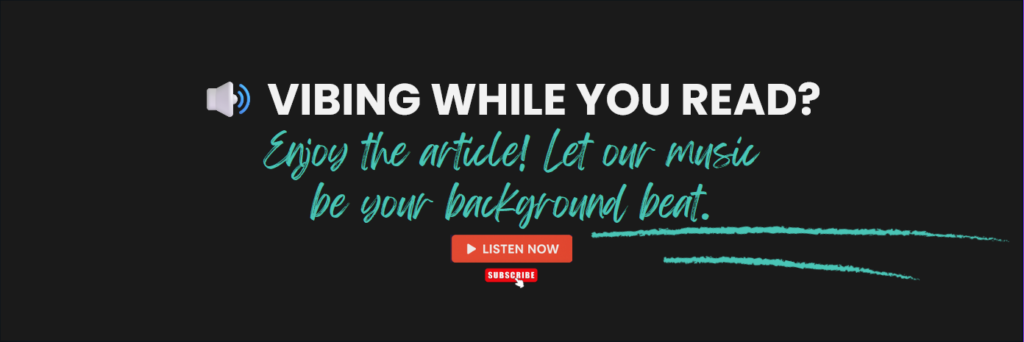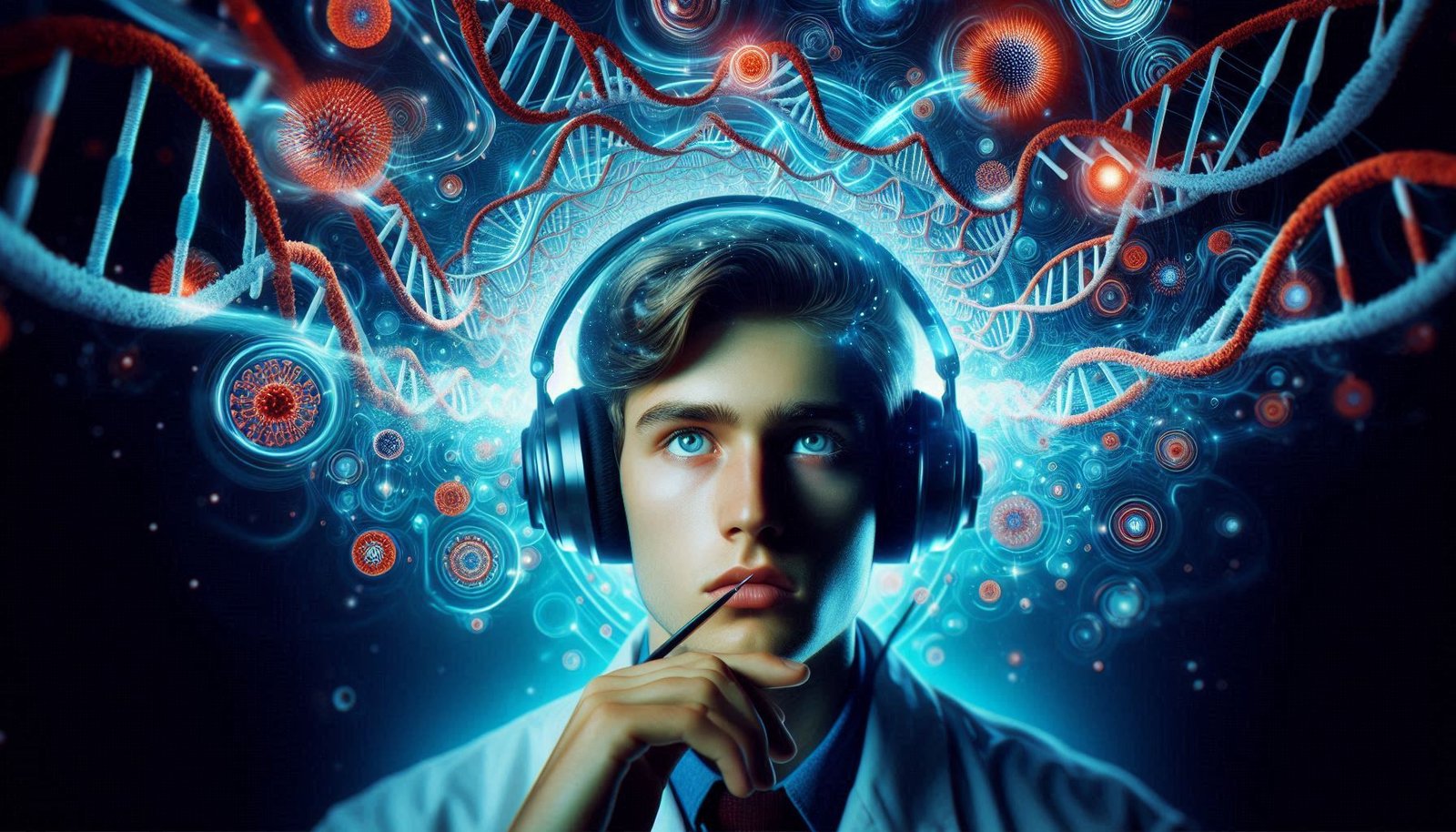
Imagine if you could press “play” and hear what your DNA sounds like. Not a Spotify playlist or your latest voice memo—but an actual sonic translation of your genetic code. Sounds wild, right? But this isn’t just science fiction or some trippy TikTok trend. It’s a real, cutting-edge intersection of music, science, and identity that’s turning heads in both labs and concert halls.
So, what happens when biology meets beats? Let’s dive into the weird, wonderful world of DNA music, explore how scientists are turning genes into sound, and ask the big question: What does your DNA sound like—and what does it mean?
What Even Is DNA Music?
Let’s break it down.
DNA music (also called sonification) is the process of converting genetic data—like your DNA sequence—into musical compositions. Instead of reading A, T, C, and G as letters in a lab report, researchers assign them musical notes, tones, or chords. The result? A completely unique musical identity made from your biological blueprint.
Basically, it’s like if your genes dropped an album.
This isn’t just some artsy gimmick, either. It’s a legit tool scientists and composers are using to better understand DNA, explore sound in new ways, and create music that’s as personal as your fingerprint.
DNA + Music = Vibes From Your Cells
Here’s the vibe: your DNA is made up of four nucleotide bases—adenine (A), thymine (T), cytosine (C), and guanine (G). These form sequences that basically tell your body how to build you.
Now, imagine mapping each of those letters to a musical note:
- A = C note
- T = D note
- C = E note
- G = G note
As the DNA sequence is read, it creates a melodic pattern—sometimes repetitive, sometimes complex, always unique. Some sonification projects even layer this with rhythm, harmony, and tempo to give it more emotional depth.
It’s kind of like your own biological beat tape—except you didn’t write it. Evolution did.
Turning Genes Into Songs: How It’s Done
There are different ways to convert DNA into music, and each approach brings its own flavor. Here are a few examples:
1. Direct Mapping
This is the simplest method. Each base (A, T, C, G) is directly linked to a note. The sequence is then played in order, kind of like reading sheet music written by your chromosomes.
2. Amino Acid Coding
Proteins are made from amino acids, which are coded by triplets of DNA bases. Some researchers map entire protein chains into melodies, turning your biochemistry into beats.
3. Algorithmic Interpretation
More advanced systems use AI and software to assign pitch, rhythm, and even instruments to gene sequences, creating layered compositions that reflect the complexity of life itself.
These methods can produce results that are ambient and meditative, like something you’d hear at a planetarium—or chaotic and glitchy, depending on the DNA segment used. Either way, it’s music that literally comes from within.
What Does Your DNA Sound Like?
That’s the golden question—and the answer depends entirely on you.
Your DNA is one-of-a-kind (unless you’re an identical twin), which means your genetic melody is uniquely yours. When translated into music, it might be upbeat, slow, dissonant, harmonic, or totally unpredictable.
Some people have described their DNA music as:
- “Peaceful and chill—like a lo-fi track”
- “Weird and glitchy”
- “Like the soundtrack to a sci-fi movie”
- “Deep and haunting, with a kind of emotional pull”
And here’s where it gets real: you might hear your music and feel something. Maybe it reminds you of your personality. Maybe it doesn’t. But just knowing it’s your biological code turned into art? That hits different.
Not Just for Vibes: The Science Behind It
While it sounds cool, DNA music isn’t just an aesthetic trend. There’s actual science and research behind it.
1. Medical Sonification
Scientists have used DNA music to help visualize or identify genetic mutations. By assigning sounds to specific markers, they can actually “hear” differences in DNA—useful in genetic research and even early diagnosis of diseases like cancer or Alzheimer’s.
2. Understanding Complex Data
Sometimes, hearing a pattern is easier than seeing it. Music can reveal rhythms and irregularities in DNA sequences that might be harder to spot through graphs or raw numbers.
3. Neuroscience and Memory
Some studies suggest that combining music with genetic data may help engage the brain in new ways, potentially improving memory retention or understanding of abstract scientific concepts.
So yeah, your DNA song isn’t just a quirky novelty—it could actually help advance medical science.
From Genome to Grammy? Artists Get Involved
Naturally, musicians have jumped into this space, collaborating with scientists to turn gene data into full-blown compositions.
- Johan Sebastian Bach meets biology: Composer Alexandra Pajak translated the HIV virus genome into a haunting choral piece called “Sounds of HIV,” performed by a full orchestra and choir.
- Diana Deutsch’s musical illusions: Her experiments with pitch and repetition helped inspire interest in how genetic repetition could influence musical patterns.
- DJ Spooky created soundscapes based on environmental DNA—combining nature, biology, and music in an immersive experience.
And get this—some people are now ordering custom vinyl records or streaming tracks based on their 23andMe results. Think of it like musical astrology, but way more personal (and scientifically legit).
Is DNA Music the Future of Personal Soundtracks?
Let’s zoom out. In an era where everything’s getting personalized—Spotify playlists, AI-generated content, even targeted ads—it makes sense that music made from your own DNA would be the next frontier.
Imagine the possibilities:
- Your wedding song created from you and your partner’s genes
- A custom lullaby for your newborn made from their DNA
- An ancestry playlist blending genetic data from your heritage
- A memorial song built from a loved one’s DNA as a tribute
It’s not just about listening to music. It’s about experiencing a reflection of your very being. Like, your cells made this song.
Kinda poetic, right?
Gen Z Reacts: Fire or Flop?
Let’s keep it 100—Gen Z loves personalization, aesthetic vibes, and tech-forward storytelling. DNA music checks all those boxes.
It’s:
- Shareable (“This is what MY DNA sounds like” = viral content)
- Aesthetic (Many DNA tracks have ambient, ethereal vibes)
- Emotional (Music + identity = major feels)
- Educational (A fun way to get into science without the boring textbooks)
Some creators are already uploading their DNA music to platforms like TikTok and YouTube, mixing it with art, dance, and fashion. It’s giving #MainCharacterEnergy, but with a scientific twist.
Music Is More Than Sound—It’s Identity
At its core, music is about connection—to ourselves, our stories, our cultures. And DNA? That’s your personal origin story written in molecules.
Combining the two gives us something deep, something unique. Something that can’t be faked.
DNA music reminds us that sound can be more than just entertainment—it can be expression, discovery, and healing.
It’s the ultimate personal playlist, composed by nature and interpreted by tech.
The Tech Behind It All: How You Can Try It
Interested in hearing your genes sing? There are a few ways to get started:
1. Get Your DNA Sequenced
Use services like 23andMe or AncestryDNA to get your raw genetic data. Most companies will let you download a text file with your DNA sequences.
2. Use a DNA-to-Music Converter
Some tools and software you can explore:
- DNA Music Lab
- Gene2Music
- Melomics
- Music of the Genome
You can upload your sequence and the program will generate music based on your genetic data. Some platforms even let you tweak the style—turning your genes into classical, electronic, or ambient tracks.
3. Collaborate with a Composer
If you want something more artsy, you can work with musicians who specialize in sonification. They can create a full composition from your DNA—perfect for weddings, gifts, or just to flex on social media.
Final Thoughts: Your Genes, Your Jam
We’ve entered a new era where science meets creativity, and the result is music unlike anything we’ve ever heard—because it’s been living inside us all along.
Your DNA music isn’t just sound. It’s a story. Your story.
It may not top the Billboard charts (yet), but it might move you in a way no pop hit ever could. Because it’s not about catchy hooks or viral trends. It’s about identity, biology, and the ancient rhythms that make us human.
So the next time someone asks what your favorite song is, maybe you’ll say:
“It’s the one written by my genes.”


